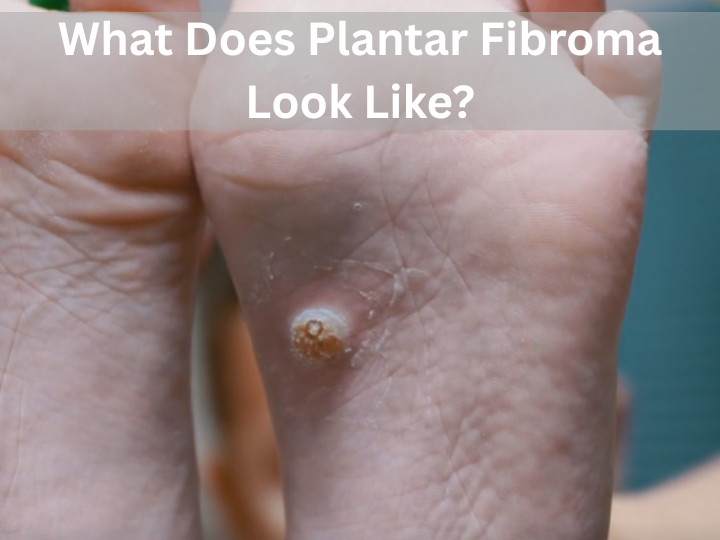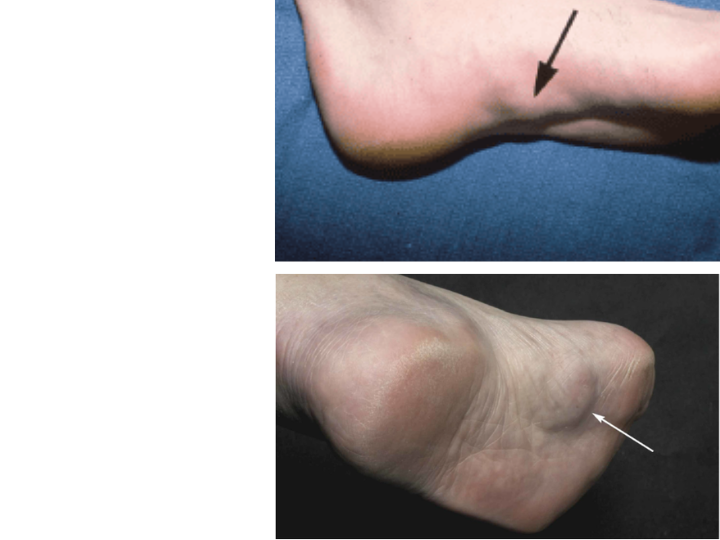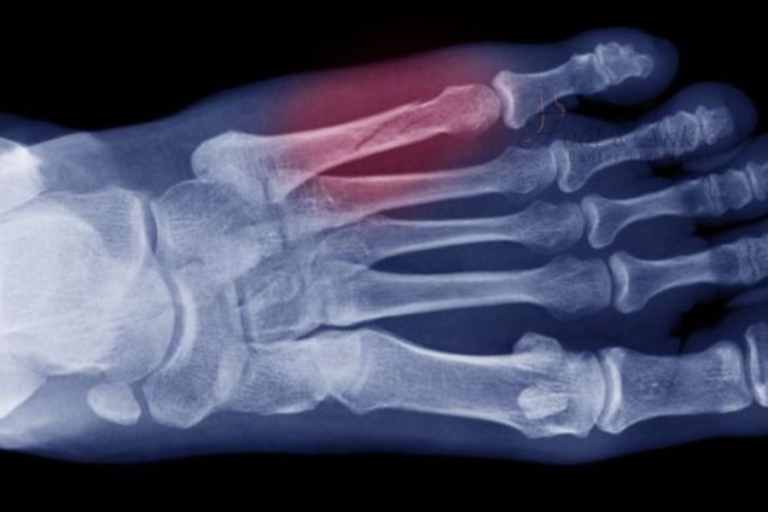If you’ve ever noticed a lump on the bottom of your foot and wondered what it could be, you’re not alone. One possible cause of that bump is a plantar fibroma. But what does plantar fibroma look like? How do you know if that lump is something to worry about or just part of your foot’s natural structure?
In this article, we’ll walk you through everything you need to know—from visual signs to when it’s time to see a specialist.
What Is a Plantar Fibroma?
Before identifying how it looks, it’s helpful to understand what a plantar fibroma is. It’s a benign (non-cancerous) growth that forms within the plantar fascia—the thick band of tissue that runs along the bottom of your foot from the heel to the toes.
This fibrous nodule is firm to the touch and usually located in the arch of the foot. While it’s harmless in terms of cancer risk, it can cause discomfort, especially when walking or wearing shoes.
What Does Plantar Fibroma Look Like?
Now to the key question: what does plantar fibroma look like?
Here’s what to look out for:
- Firm lump under the skin: The fibroma usually appears as a hard bump beneath the skin in the middle of your foot arch.
- Round or oval-shaped: Most plantar fibromas are round or slightly oval in shape.
- 1–2 cm in size: They often start small but can grow over time. Some remain stable in size for years.
- Skin appears normal: The skin over the fibroma usually doesn’t change color or texture. There’s no redness, peeling, or scaling unless it’s irritated by shoes.
- Not mobile: Unlike cysts or other soft tissue masses, a plantar fibroma is not freely moveable. It’s anchored within the plantar fascia and feels “fixed” in place.
Where Is It Usually Located?
Most plantar fibromas develop in the arch of the foot, though they can appear in one or both feet. Some people may develop more than one lump, which is then referred to as plantar fibromatosis.
Does It Hurt?
A plantar fibroma doesn’t always hurt. In fact, many people discover it by accident while massaging their foot or during a doctor’s visit.
Pain usually occurs when:
- Pressure is placed directly on the fibroma (e.g., standing or walking)
- Footwear rubs against the lump
- The fibroma grows and affects surrounding nerves or tissues
How Is It Diagnosed?
If you think you’ve spotted a plantar fibroma, the next step is a proper diagnosis. A foot and ankle specialist (podiatrist) may use the following methods:
- Physical exam: Feeling the lump to assess its size, location, and firmness.
- Imaging: An MRI or ultrasound can confirm the presence and depth of the fibroma.
- Biopsy (rare): Occasionally done if there’s concern it might be another type of growth.
Treatment Options
Not all plantar fibromas require treatment—especially if they’re small and painless. However, if discomfort interferes with daily activities, here are some common options:
Non-Surgical Treatments
- Custom orthotics: Help reduce pressure on the fibroma while walking.
- Corticosteroid injections: May shrink the fibroma temporarily and relieve pain.
- Physical therapy: Techniques like ultrasound or topical medications can reduce inflammation.
Surgical Treatments
Surgery may be considered if:
- The fibroma grows
- Pain becomes chronic
- Other treatments fail
However, surgery comes with risks such as arch instability or recurrence, so it’s typically a last resort.
What Else Could It Be?
It’s easy to confuse a plantar fibroma with other foot lumps like:
- Ganglion cysts
- Lipomas (fatty growths)
- Plantar warts
- Neuromas
That’s why seeing a podiatrist is important. Getting the right diagnosis ensures you don’t treat the wrong condition.
Final Thoughts
So, what does plantar fibroma look like? It appears as a firm, round lump in the arch of your foot, beneath the skin, and may or may not cause pain. While not dangerous, it can become uncomfortable over time—especially if you’re on your feet a lot.
If you think you have a plantar fibroma, don’t ignore it. A quick visit to a foot and ankle specialist can help confirm the cause and provide relief options.
FAQs
1. Is plantar fibroma the same as a wart?
No, plantar fibromas are deep fibrous growths in the fascia, while warts are caused by a virus and appear on the skin’s surface.
2. Can plantar fibroma go away on its own?
It typically doesn’t disappear without treatment, but it can remain stable and painless for years.
3. Will walking make plantar fibroma worse?
Walking can cause discomfort if the fibroma is irritated, but it doesn’t necessarily make it worse. Custom orthotics may help.
4. Can I massage a plantar fibroma?
Gentle massage may relieve pain temporarily but won’t shrink the lump. Avoid pressing too hard.
5. How long does recovery take after surgery?
Surgical recovery varies but often takes 4–6 weeks with limited weight-bearing and use of supportive devices.





